Content Sections
If you’re a woman you might be aware that in most countries there are programmes in place to allow women over 40 to have regular mammograms to allow early detection, and subsequently treatment if required, of malignant lumps.
There’s been a particularly strong push for this among women where there’s been a history of breast cancer in the family.
A paper just published in EClinical Medicine, part of the Lancet group, means that this advice might be moved to younger women from the age of 35 upwards.
What you may not have been told
We’d like to offer a few alarm calls that are not going to be communicated by those trying to enlarge the group of women to whom mammography is being offered:
- This latest paper involves key authors from previous studies that have shown apparent benefits (reduced breast cancer mortality) of mammography for women 40 years and over. These studies have subsequently been found to be erroneous. Reductions in cancer rate, it turns out, are linked to changes in breast cancer risk factors and not the mammography screening itself. Read about what Cochrane (and Prof Peter Gøtzsche) had to say about this back in 2013.
- Screening increases risk of over-diagnosis and over-treatment. That means women who might have small lumps that pose no risk of early death are subjected to biopsies, surgery, radiotherapy or chemotherapy – or combinations thereof – that either increase their risk of death or adversely affect their quality of life. Look at what the UK’s leading breast cancer specialist, Prof Michael Baum, had to say about this back in 2013. A few years on, following a very large Danish study (by Karsten Jørgensen and Peter Gøtzsche from the the Nordic Cochrane Centre, along with Norwegian co-authors, published in the Annals of Internal Medicine, the picture is a little different. A major US study published in the New England Journal of Medicine in 2016 showed that “Women were more likely to have breast cancer that was overdiagnosed than to have earlier detection of a tumor that was destined to become large”. All these years on, it seems, the counter-intuitive riddle of greater risks than harms for mammography screens is still unresolved.
- False positives from mammograms can increase anxiety and depression - so reducing quality of life. While radiologists have conducted studies to show these effects are short-term only, the mammography risks versus harms debate has been laced with studies by those with vested interests finding more benefits than harms, and those who are independent finding more harms than benefits.
- If that wasn’t enough, there’s also the pain and discomfort or, as actress Sarah Silverman discovered, the (albeit small) risk of being exposed to sexual harassment by radiologists
- Proper informed consent – in which all the available and relevant information on harms and benefits, as well as “access to choice and decision support”, is rarely provided to women prior to mammography screening.
What else can you do?
In any debate on informed choice, especially when the evidence is so contradictory and confused, it is essential to provide alternate options. This is one of our biggest beefs about how population-wide mammography screening programmes are run.
The big alternates that aren’t being given enough attention are:
- Self -examination. Yes, it might not just be you that does the manual exam, but it needs to be done and regularly. The Coppafeel charity in the UK, founded by the extraordinary stage IV breast cancer patient Kris Hallenga and her twin sister Karen, is a global leader in communicating this incredibly important message to young women. Please read this testimonial
- Computer-assisted thermography allows a 15 minute, painless, non-invasive, state of the art, clinical test without any exposure to radiation or compression of breast tissue. Thermography provides an indirect measurement of the metabolic activity of breast tissue, abnormal tissue is identified on a thermogram as focal ‘hot spots,’ disturbed cooling response and abnormal blood vessel patterns. Find out more from London’s leading thermography clinic.
- Diets and lifestyles that minimise the risk of breast cancer. The World Cancer Research Fund (WCRF) and American Cancer Society (ACS) cancer prevention guidelines recommend maintaining a healthy weight, undertaking at least 150 minutes of moderate intensity exercise per week, limiting alcohol consumption, and eating a plant-based diet.
- We’d also suggest careful, natural management of the sex hormones, notably oestrogen and progesterone, given that oestrogen dominance, especially in post-menopausal women, is an important factor contributing to increased risk of breast cancer. This can be achieved with the support and guidance of a doctor or practitioner who specialises in Bioidentical Hormone Replacement Therapy (or BHRT). This compares with increased side effects, including increased risk of breast and ovarian cancer and increased risk of heart disease and strokes, when using conventional Hormone Replacement Therapy or HRT.
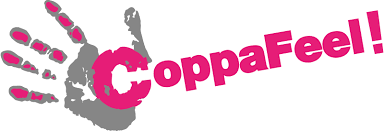
Take homes
- For any woman over 35 – please understand there is no crystal clear view on the science on the harms and benefits of mammography. When looked at as a whole, the science is a dingy shade of grey, no doubt some of the conflict in views stemming from which bodies have funded the science.
- For those under 35 – self-examination is the way to go. Please check out Coppafeel if you haven’t already!
Breast cancer is the most common cancer in women in most parts of the world, industrialised and less-industrialised. According to figures from Cancer Research UK, one in 8 women, and 1 in 870 men, develop it at some point during their lifetime. It must be taken very seriously.
But contrary to the views being issued by many health authorities and primary care clinics – mammography is far from the only answer. And, looking at the available data as they stand today, the evidence suggests that mammography might actually increase, rather than reduce, overall risks, including the risk of premature death from cancer.
Please help to circulate this article among those who might not yet have heard the wider, controversial evidence around routine mammography and the risks of over-diagnosis and over-treatment.




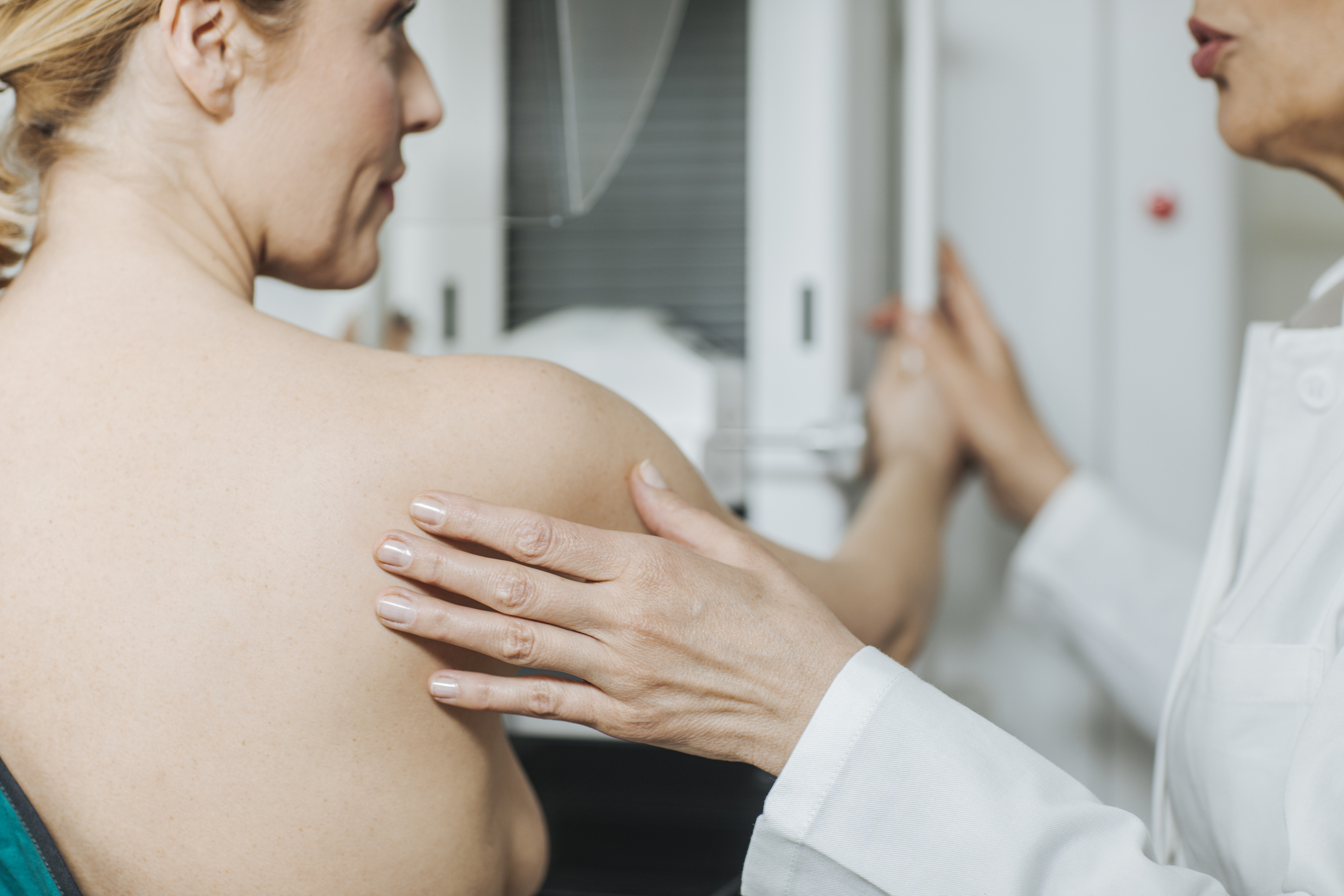
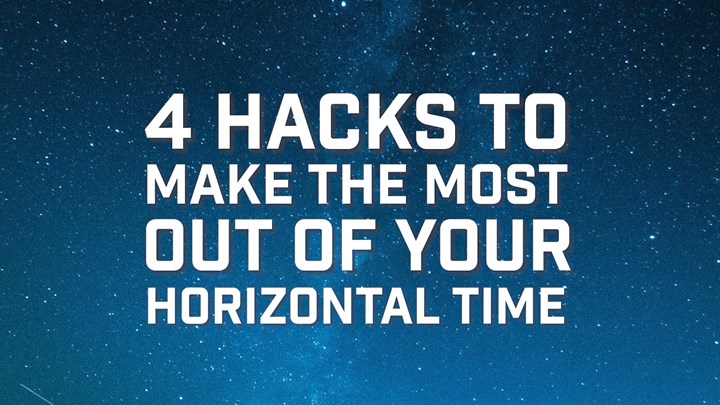
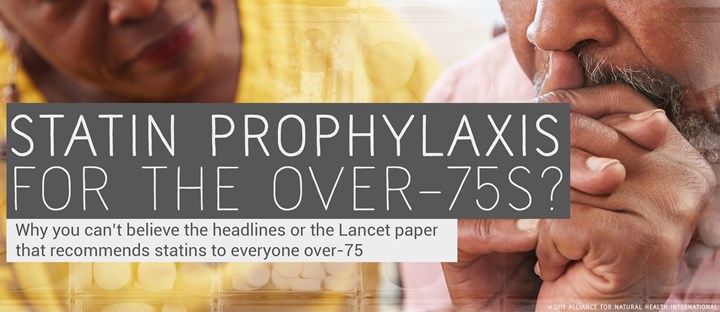
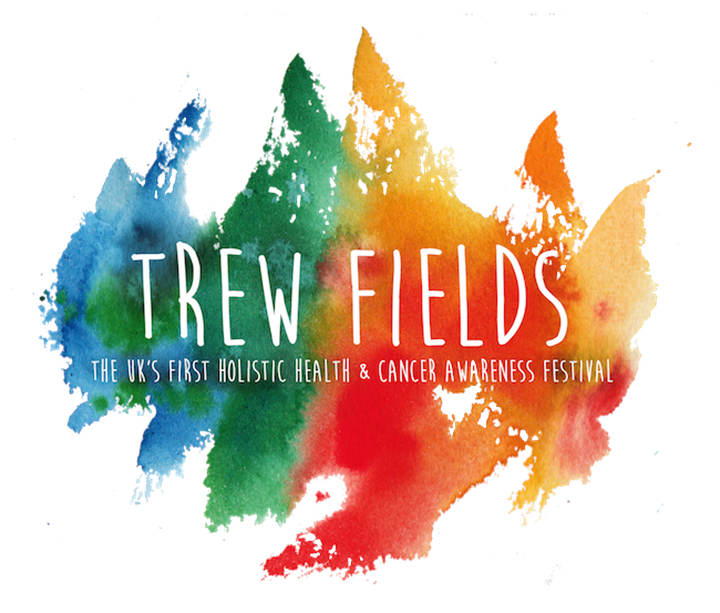
Comments
your voice counts
14 February 2019 at 3:05 pm
The power of the placebo effect is known but rarely credited but no less so is the nocebo effect.
Fears that are nurtured, invoked, disproportionately magnified and triggers by such procedures - especially false positives or events that are very slow, possibly transient or harmless - all work a kind of voodoo when proceeding from a cartel of experts associated with multi billion dollar research and development.
We will be more likely to find what we are looking for, and fears tend to operate a self-fulfilling prophecy.
No I am not suggesting hiding fears in naive or wishful ignorance - not allowing fears to automatically give power to 'experts' - who may be valid advisors but only know the world in terms of their specialisation and training - and may operate self interest as if that automatically dictates the diagnosis and prescription of the world in their own image.
Taking or accepting responsibility for accepting any decision, is a willingness to listen to all the voices so as to discern the choice that resonates true with who we feel and know ourselves to be - and as on ongoing checking in. Fear calls on a deeper or truer alignment and unified purpose is healing - because it is no longer conflicted. But un-owned or un-conscious fear operates as if outside our realm of decision - as a violation or threat to our peace from which is our ability to recognise, relate and share in life.
We have to work with respect to our current beliefs or else find ourself self-sabotaged, but we can uncover what we are believing as part of a re-education in whether in fact they are true - or truly helpful to persist in.
Allowing our lives to be managed by packaged services to targeted 'needs' of care professionals under technocratic regulatory capture is the presumption that technologism is scientifically based. Insofar as framing definitions enable predictable outcomes, it has a utilty - but without a truly human significance, the Model can just as well manage populations for sustainable supply of energy and funding to do so. IE: ANYTHING defined as a public 'good' can then become the vector for a blind system to 'deliver'. In practice the 'good' is usually defined negatively - such as 'War on Cancer' or War on any feared or hated outcome - that is then difficult to question without seeming to be hateful.
If the fundamental dis-ease is founded in conflict that in one way of another cascades not only into emotional and physical symptoms, but down through generations, then conflict is not the way to heal or resolve anything - though short term suppressions can serve a process of re-evaluation when USED IN SUCH A CONTEXT.
Re-evaluation is a natural response to meeting an unwanted result. The desire to persist in what doesn't work and cannot work, gives rise to the industrial support for the freedom to do so - and becomes a corporate asset thereby.
Integrity is NOT moral guilting - but the RELEASE of such thinking to a clear resolve.
The State is NOT responsible for our health - but is responsible for holding the conditions of health; as transparency and accountability in a freedom of information and association. In other words to hold against imbalances of power that are sickness and generate sickness. This is a cultural responsibility in which everyone plays a part... or apart from.
15 February 2019 at 9:54 am
Hi Rob,
Thank you for writing about this. According to the research that I have done over the years, women should know that a woman's breast tissue before menopause is often too dense to be properly 'read' by mammogram. I am actually a very good example of this. When I had breast cancer at age 38, I had a lump - nearly 1.5 cm - that was easily palpable, near the surface, yet was invisible to the mammogram! Also, it's worth bearing in mind that if there is a lump, the breast tissue is compressed so much that cells can break off and enhance risk of spread if it is a cancer.
As I have said to many women in my clinics. I am sure that if men had to put their 'soft bits' in such a device something else would have been invented by now! It is a form of torture ... and for what? Is it a real screening benefit? I remain unconvinced, especially for younger women.
Warm wishes, as ever, Alyssa
Your voice counts
We welcome your comments and are very interested in your point of view, but we ask that you keep them relevant to the article, that they be civil and without commercial links. All comments are moderated prior to being published. We reserve the right to edit or not publish comments that we consider abusive or offensive.
There is extra content here from a third party provider. You will be unable to see this content unless you agree to allow Content Cookies. Cookie Preferences